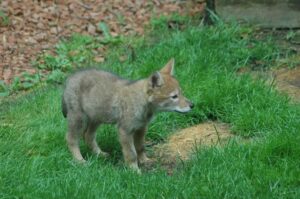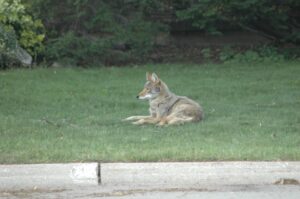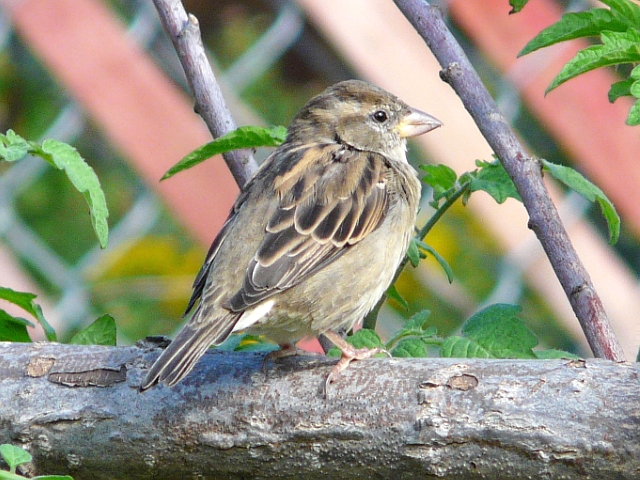If you’re interested in watching wildlife in or around Whitby, spring is a great time to do it. Many animals will be emerging from winter hibernation, and even the ones that do not hibernate tend to become more active in the spring as food sources becomes more plentiful. Nature parks and conservation areas are good places to see wildlife in their natural habitat. However, there are many creatures that have adapted to areas inhabited by humans, meaning that you may be able to observe wildlife by traveling no further than your own backyard. Of course, if the animals move in too close and make their nests in your home, you may need to contact Skedaddle Whitby wildlife services for assistance.
Which Animals You May See
Due to Whitby’s location on the shores of Lake Ontario, you are likely to see animals that make their homes in or near the water. For example, the beaver is the national animal of Canada, and where there is water, you will often find the beaver and vice versa. A cousin of the beaver, the mink has become more abundant in the area over the last decade as wearing their fur is not a popular fashion choice anymore.
White-tailed deer adapt reasonably well to co-existing alongside humans and are increasingly found in suburban areas like Whitby. Where there are deer, coyotes are often not far behind. These are the largest predators in the area and sometimes come into the city at night to hunt or scavenge. Coyotes very rarely attack humans but have been seen coming closer to urban areas over the last couple of years. However, it is probably your garbage cans that are in the most danger from them.
Additionally, you may also see birds of prey in the area around Whitby. This includes snowy owls and peregrine falcons. The latter is a cliff-dwelling bird by nature that also likes to make its home on the roofs of tall buildings and feed on pigeons. The double-crested cormorant is a bird of prey that feeds on fish and is ubiquitous along the lakeshore.

How To Observe Wildlife Safely
It is most important to always keep your distance when observing wildlife. This is for the animals’ safety as well as your own. During the spring, animals may be extra protective of their nests and the young within. Here are some additional safety measures to take note of:
- A threatened animal may attack out of a sense of self-preservation. The rule when visiting Canada’s national parks is to maintain a distance of 100 meters from coyotes and other large predators and at least 30 meters from other large animals. These distances may not be practical in your own backyard, but avoid approaching a wild animal nevertheless.
- Photographing wildlife from a respectful distance is fine, but it is not a good idea to turn your back on an animal to take a “selfie.”
- In addition to keeping your distance, do not do anything to frighten, tease, or otherwise disturb the animal. This includes gestures that are kindly meant, such as feeding them. Animals are well-equipped to obtain their own food, but feeding them can cause them to become aggressive towards humans.
- It is okay to hang a bird feeder in your yard, but otherwise, be careful not to feed wildlife either passively or actively.
- Keep campsites and picnic areas clean and food always properly stored when you travel
- Be sure the garbage cans on your own property are well secured.

What To Do If You Find Animals in Your Home
In the spring, many animals are looking for safe places to build nests. Little-used areas of your home, such as attics and basements, may seem ideal to them. If you find encroaching wildlife, call Skedaddle Wildlife Control. Our services involve removing the animals safely and preventing them from coming back.



